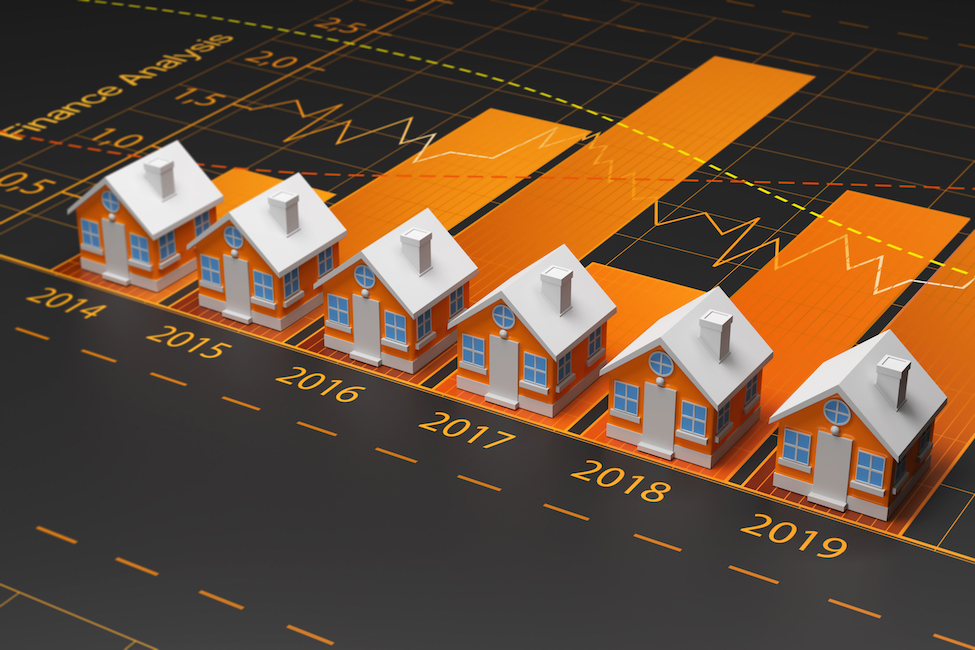Index Shows Downward Pressure on Demand for Homeownership Lessening

All but four of the 23 metropolitan markets tracked in the Beracha, Hardin & Johnson Buy vs. Rent (BH&J) Index are well above their long-term pricing trend, some dramatically so, as indicated by their BH&J Index scores.
Downward pressure on the demand for homeownership is lessening in major housing markets across the United States as the nation nears the peak in the current housing cycle, according to the latest national index produced by Florida Atlantic University and Florida International University faculty.
All but four of the 23 metropolitan markets tracked in the Beracha, Hardin & Johnson Buy vs. Rent (BH&J) Index are well above their long-term pricing trend, some dramatically so, as indicated by their BH&J Index scores. Those cities include Atlanta, Boston, Cincinnati, Dallas, Denver, Honolulu, Houston, Kansas City, Los Angeles, Miami, Milwaukee, Minneapolis, Philadelphia, Pittsburgh, Portland, San Diego, San Francisco, Seattle and St. Louis.
“This is quite worrisome,” said Eli Beracha, Ph.D., real estate economist and co-creator of the index in the Hollo School of Real Estate at FIU. “However, the trend towards lower BH&J scores is a good sign that the nation’s housing markets are pulling back from the edge of potential disaster.”
BH&J Index scores approaching 1 indicate extreme downward pressure on the demand for homeownership, making it less desirable than renting and reinvesting and more likely for housing prices to fall. Scores approaching 1 are typically driven by some combination of fundamentally overpriced housing, rising mortgage rates and highly performing alternative investments (stocks and bonds). Scores approaching -1, on the other hand, are driven by opposite performances of these financial instruments and suggest extreme upward pressure on the demand for ownership with a likely increase in prices soon to follow.
“Repeat sales indices like the S&P CoreLogic Case-Shiller Index provide general direction, up or down, of housing prices; however, they do not shed any light on the current degree of pressure on the demand for homeownership,” said Ken H. Johnson, Ph.D., a real estate economist and one of the creators the BH&J Index in FAU’s College of Business. “Our index provides both general direction and the degree of pressure on the demand for ownership. We see this as the next evolution in housing indices.”
Johnson and Beracha agree that slowing property prices in combination with falling mortgage rates and a slowdown in the stock market have worked together to cause the recent decrease in BH&J scores around the country. Both believe that the peak of the nation’s current housing cycle is near and see the housing market going one of two ways.
“Housing markets will either soon experience a slow reversion to a long-term pricing trend or experience a rapid fall in prices below this same trend with a slow reversion,” Johnson said. “We hope for the former and fear the latter.”
The BH&J Index is published quarterly and is available online at http://business.fau.edu/buyvsrent. Due to data availability and the time necessary to calculate the most current index values, the index is produced two months after the end of the quarter.
-FAU-
Tags: research | faculty and staff | business